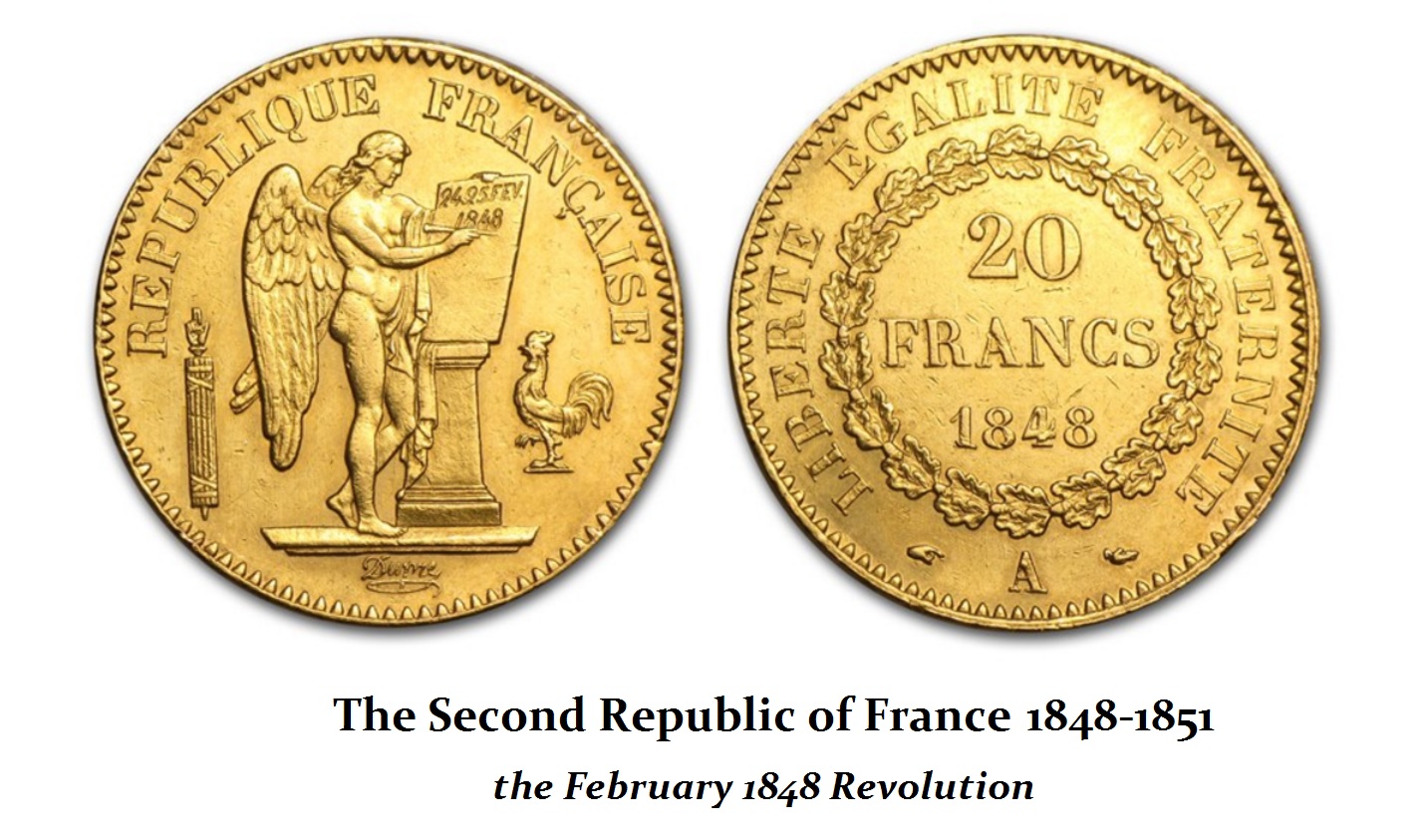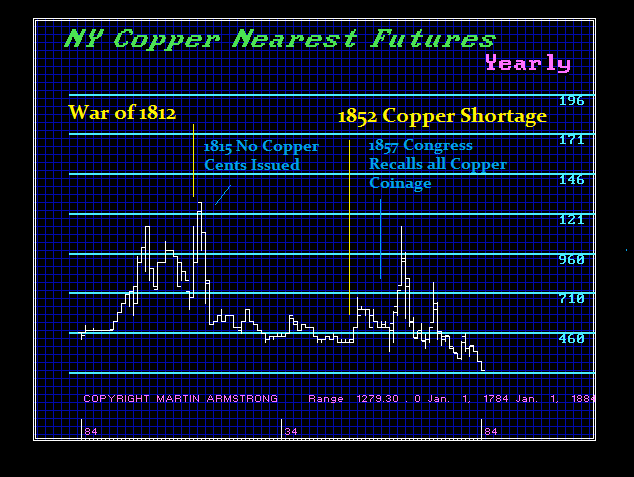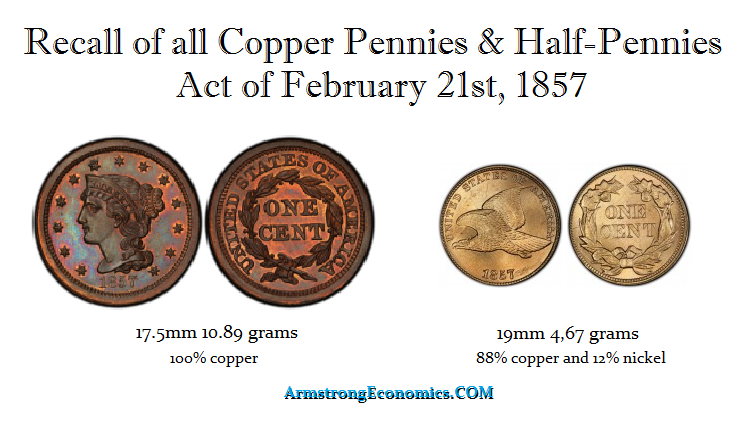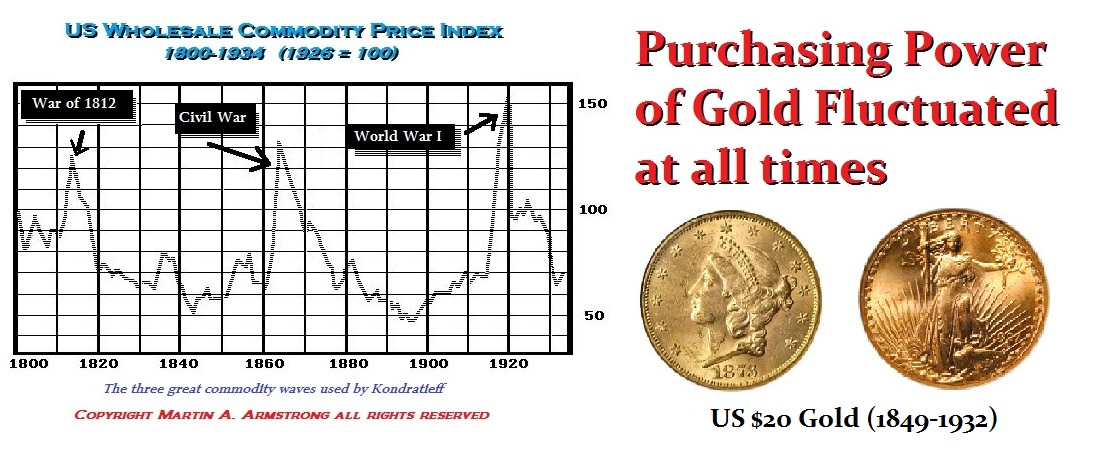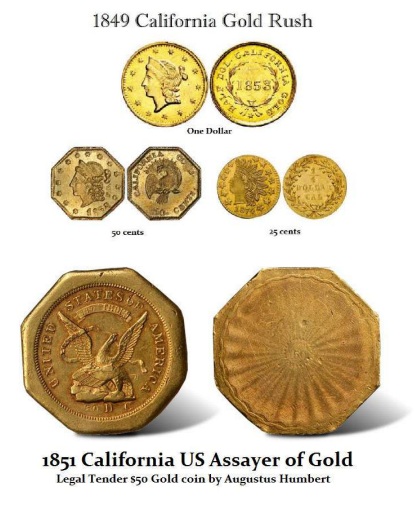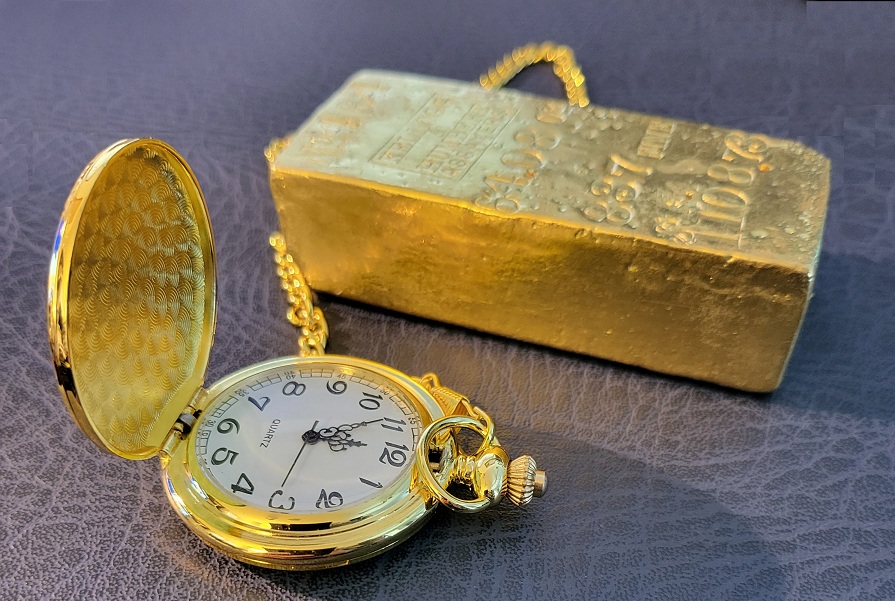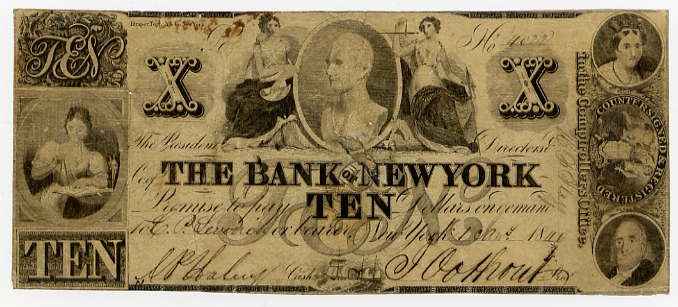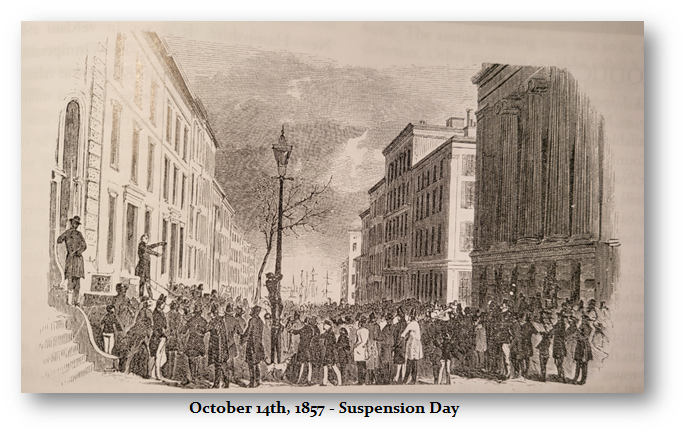 The prelude to the Panic of 1857 was indeed the building of tensions over slavery and states rights as they saw it in the South. Tensions began to build toward the Civil War with the passage of the Fugitive Slave Act of 1850 which said any escaped slaves, upon capture in the North, must be returned to their owners and all Northerners had to cooperate. Then in March 1857, the Dred Scott Supreme Court decision was handed down that held effectively that a negro slave was still property and could not be a citizen of the United States, and was thus not protected by the rights under the Constitution. At the time, the decision revealed how the court was dominated by Southern pro-slavery judges who ruled in support of the economic reality of ending slavery in the South – the shortage of labor.
The prelude to the Panic of 1857 was indeed the building of tensions over slavery and states rights as they saw it in the South. Tensions began to build toward the Civil War with the passage of the Fugitive Slave Act of 1850 which said any escaped slaves, upon capture in the North, must be returned to their owners and all Northerners had to cooperate. Then in March 1857, the Dred Scott Supreme Court decision was handed down that held effectively that a negro slave was still property and could not be a citizen of the United States, and was thus not protected by the rights under the Constitution. At the time, the decision revealed how the court was dominated by Southern pro-slavery judges who ruled in support of the economic reality of ending slavery in the South – the shortage of labor.
Dred Scott was an African-American slave who had asked a United States Circuit Court to award him his freedom because he and his master had resided in a state (Illinois) and a territory (Wisconsin Territory) where slavery had been banned. Chief Justice Roger Taney, writing for the court, held that Scott, as a person of African ancestry, was not a citizen of the United States and therefore had no right to sue in federal court. This holding was so off the wall and contrary to the whole concept of Territorial Jurisdiction.
Once the Supreme Court abandoned all rule of law, all that was left was Civil War. The rationale of the Supreme Court regarding the jurisdictional ruling implied that people of African descent (both slave and free) were not protected by the Constitution and were not U.S. citizens. Since the passage of the 14th Amendment to the U.S. Constitution post-Civil War, both rulings are superseded and no longer valid precedent. Nonetheless, the case retains historical significance as it is widely regarded as the worst decision ever made by the Supreme Court. The opinion of the court, written by Chief Justice Roger B. Taney, was 7–2, and every Justice besides Taney wrote a separate concurrence or dissent. In 2017, in Annapolis, state officials followed suit and removed a statue of the Supreme Court Chief Justice Roger B. Taney, who authored the 1857 Dred Scott decision that upheld slavery.
This tension filled the air during 1857 and when the rule of law was abandoned, that left the only recourse was war. However, this backdrop also impacted the CONFIDENCE in the government. Internationally, there was the Communist Revolution of 1848 swept all of Europe. In France, Napoleon III (1808–1873) was the first President of France with the revolution from 1848 to 1852. Napoleon III was elected to the presidency of the Second Republic in 1848. When he could not constitutionally be reelected, he then staged a coup in 1851 and became the Emperor of the French from 1852 to 1870. He was the last monarch to rule over France.
There were two periods of Copper Panics. There were previous copper panics such as the Russian Copper Riots of 1662 which was one of the great riots over money in history. The Russian government began producing copper coins and assigning them equal value to silver currency to meet expenses. That led to real chaos. In the United States, the one-cent copper coins enjoyed relatively stable production, but not in high enough numbers. The rally in copper began in 1792 when the United States began to issue coins.
We can see that the rise in copper prices peaked in 1814 due to the War of 1812 when the British Invaded and burned Washington, DC. The price of copper had risen so much that there were no copper coins issued in 1815. We can see that the price of copper declined until 1852 which coincided with the coup in France of 1851 by Napoleon III. Despite the fact that there was a sharp 2-year rally, the price declined into 1861 and the start of the Civil War.
Nevertheless, the supply in the United States was declining. In 1857, Congress discontinued the unpopular half-cent due really to inflation and reduced the one-cent in size from about 27.5mm in diameter to just 19mm and added nickel to give it a white metal look that increased its appearance of value. Congress actually issued a recall of all the old copper coins implying that they “assumed” there might be another war and that would result in sharply higher copper prices once again.
Preceding the Panic of 1857, there was an over-expansion of the money supply during 1848-1857, which was caused by the 1849 California Gold Rush discovery. This discovery set in motion an inflationary bubble setting the tone for the Panic of 1857. Inflation had moved substantially higher as gold flooded the US economy. By
1857, gold’s purchasing power had declined from 1849 steadily to the point that it purchased at best half as much as it had just 10 years prior.
 During the 1849 Gold Rush in California, the journalist for the New York Tribune, Bayard Taylor (1825-1878), arrived in San Francisco by ship during the summer of 1849. He was shocked at what he encountered and did not think that anyone would even believe what he was going to write. His dispatches about the gold rush economy in California stunned many and helped to create the 1849 Gold Rush. The average wage for a laborer in New York was about one or two dollars a day. In California, individual hotel rooms were rented to professional gamblers for upwards of $10,000 a month, which is the equivalent of about $300,000 today. The degree of inflation in terms of gold was astounding and lacks comparison in
During the 1849 Gold Rush in California, the journalist for the New York Tribune, Bayard Taylor (1825-1878), arrived in San Francisco by ship during the summer of 1849. He was shocked at what he encountered and did not think that anyone would even believe what he was going to write. His dispatches about the gold rush economy in California stunned many and helped to create the 1849 Gold Rush. The average wage for a laborer in New York was about one or two dollars a day. In California, individual hotel rooms were rented to professional gamblers for upwards of $10,000 a month, which is the equivalent of about $300,000 today. The degree of inflation in terms of gold was astounding and lacks comparison in
modern times. There was so much gold, that the value of goods rose even though they did not in New York. The inflation phenomenon was local.
Gold became so common; they were even striking $50 gold coins in California when $20 was the highest denomination elsewhere and $1-dollar coins down to 25 cents all in gold. Eventually, there were $1 gold coins minted in the United States for general circulation throughout the USA. Indeed, Taylor wrote:
“[One] citizen of San Francisco died insolvent to the amount of forty-one thousand dollars the previous autumn. His administrators were delayed in settling his affairs and his real estate advanced so rapidly in value meantime that after his debts were paid, his heirs had a yearly income of $40,000 [$1.2 million today].
“These facts were indubitably attested; everyone believed them, yet hearing them talked of daily, as matters of course, one at first could not help feeling as
if he had been eating ‘of the insane root.’”
Edward Gould Buffum (1820–1867), author of Six Months in the Gold Mines (1850), described having a breakfast of bread, cheese, butter, sardines, and two bottles of
beer with a friend and receiving a bill for $43. Today, that is equivalent to about $1,200.
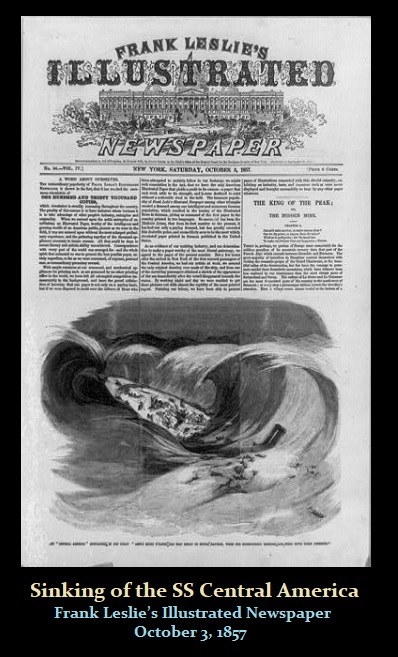 With tensions rising between North and South and a rise in inflation which contributed to the rise in the price of copper, the CONFIDENCE in the government and the economy was declining. To make matters worse, the major shipment of gold from California by ship sunk. That set off the Panic of 1857 in the face of a shortage of gold. Here is a historic gold bar, measuring 99 mm in height, 45 mm wide, 29 mm thick, is from the famous treasure recovered from the 1857 shipwreck of the S.S. Central America which played an important role in causing the Panic of 1857.
With tensions rising between North and South and a rise in inflation which contributed to the rise in the price of copper, the CONFIDENCE in the government and the economy was declining. To make matters worse, the major shipment of gold from California by ship sunk. That set off the Panic of 1857 in the face of a shortage of gold. Here is a historic gold bar, measuring 99 mm in height, 45 mm wide, 29 mm thick, is from the famous treasure recovered from the 1857 shipwreck of the S.S. Central America which played an important role in causing the Panic of 1857.
Much of this golden cargo was likely expected in a few days after the sinking of the ship to land in New York Harbor, where the gold could be transported anywhere it was needed. Much of the gold in these bars would probably have ended up in Philadelphia where it could be refined and coined into various gold coins that were needed for international as well as local trade. Instead, the hurricane of September 1857 had other ideas, swamping the S.S. Central America and sending her and much of her gold to the bottom of the sea.
By early October, the fate of the SS Central America was being published in the press. This contributed to the concern about a shortage of specie in New York banks which eventually culminated in a panic by October 13th, 1857. During the Panic of 1857, the telegraph had only been in use for thirteen years. By October 5th, 1857, the news had appeared in the overseas press. In Belfast, they reported that the missing gold was still only £400,000.
On the afternoon of October 13th, 1857, John Livingston entered the Bank of New York seeking to convert two circulation notes into species (gold). The notes indicated that the bank would redeem them for specie on demand. The face value of each note was $100. Upon being presented with the notes for redemption, the teller refused. That same day, member banks of the New York Clearing House declared that they would suspend the convertibility of their circulation notes into specie.
In Livingston’s view, an existing law enabled depositors to petition the courts for summary dissolution of any bank that had suspended convertibility for 20 days or more. Therefore, John Livingston sued to dissolve the Bank of New York in order to extract his claim of $200 in specie. The case was brought before Justice Roosevelt of the New York State Supreme Court. On October 19, 1857, Roosevelt read an opinion in favor of the defendant.
Observers wondered why the court made this exception to the law. It was October 14th, 1857 on Wall Street which became known as Suspension Day, when banking was suspended in New York and throughout New England. New York banks close and did not reopen until December 12th, 1857. As banks began to close outside of New York City, cartoons would appear like the New York banks criticizing the Philadelphia banks.
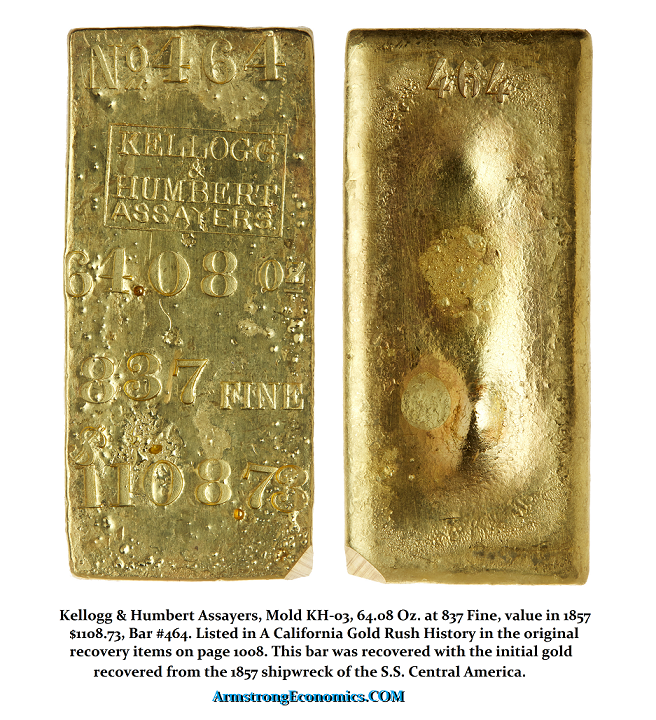 The total number of ingots recovered from Kellogg & Humbert is 343 of which 69 were melted for production of the $50 Kellogg Commemorative Restrikes. This ingot is from Mold KH-03 and is plated on page 431 of Q. David Bowers’ A California Gold Rush History features the treasure from the S.S. Central America.
The total number of ingots recovered from Kellogg & Humbert is 343 of which 69 were melted for production of the $50 Kellogg Commemorative Restrikes. This ingot is from Mold KH-03 and is plated on page 431 of Q. David Bowers’ A California Gold Rush History features the treasure from the S.S. Central America.
A formidable gold bar, the approximate value of 55 double eagles at the time it was cast and valued by the famed assayers Kellogg & Humbert. As seen on all such gold bars, the top inscription is that of the bar number, unique to each gold bar, in this case, No. 464, below is the Assayers name framed within a simple rectangular box Kellogg / & / Humbert / Assayers. It is notable that no location is given, as these bars and their names were well enough known to be valued correctly by anyone likely to see these bars. Below their name, in the same large numerical font as the bar number is the weight, 64.08 oz, below that is .837 Fine.
At the bottom of the facing portion of the bar is the value, $1108.73. As always, the lower right corner of the face of the bar is cut off and that portion was used (prior to valuation) to determine the fineness and thus the value of the bar itself. On the back of the bar, the serial number is stamped again but using a different font. The usual cooling depression is seen on the back of the bar, pulled from mold KH-03 as seen on several other bars from this shipwreck.



